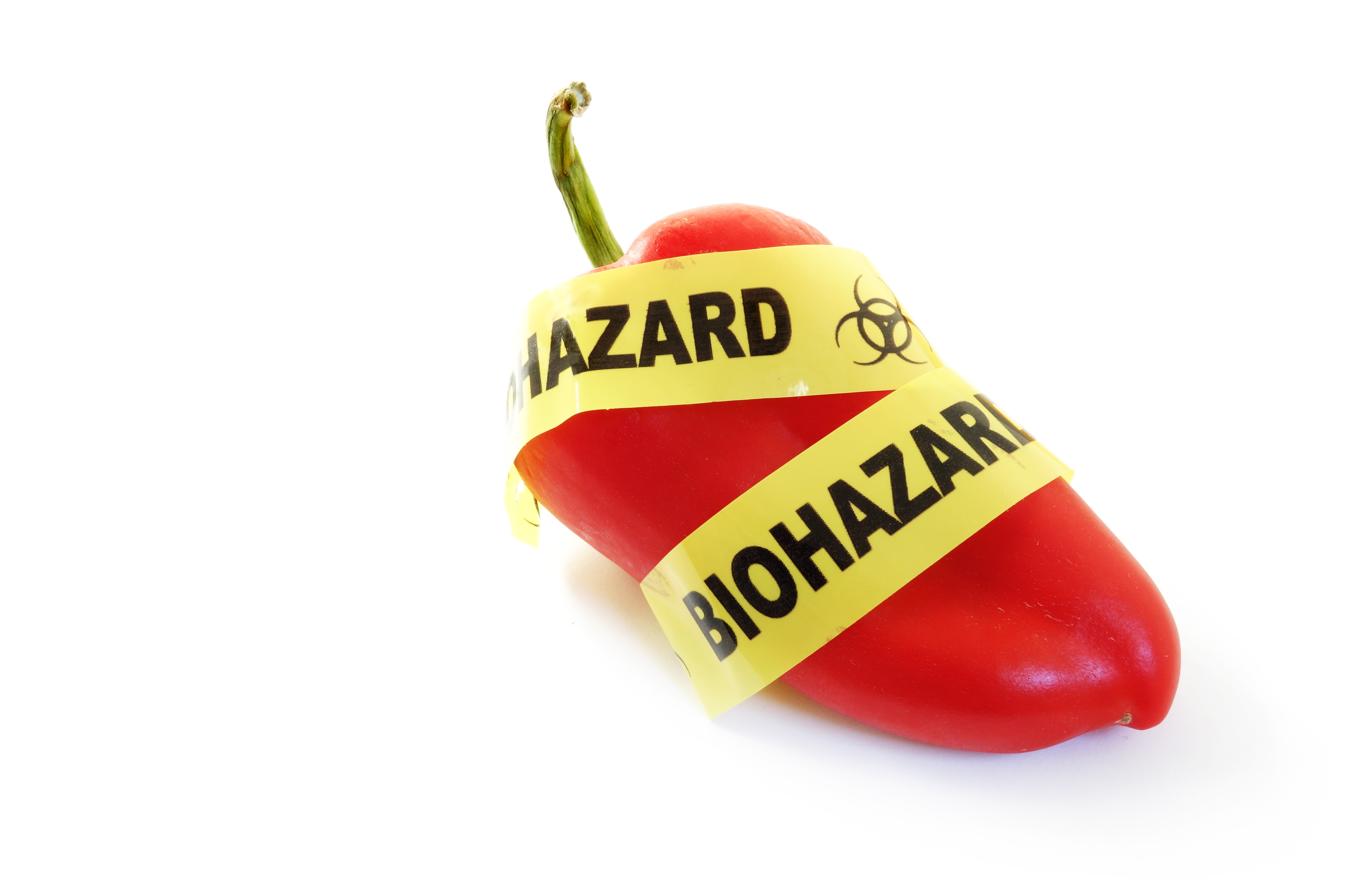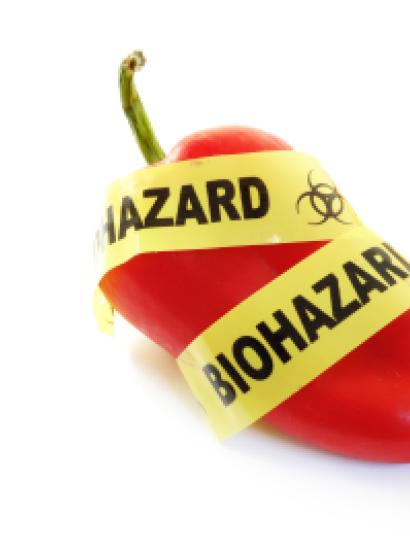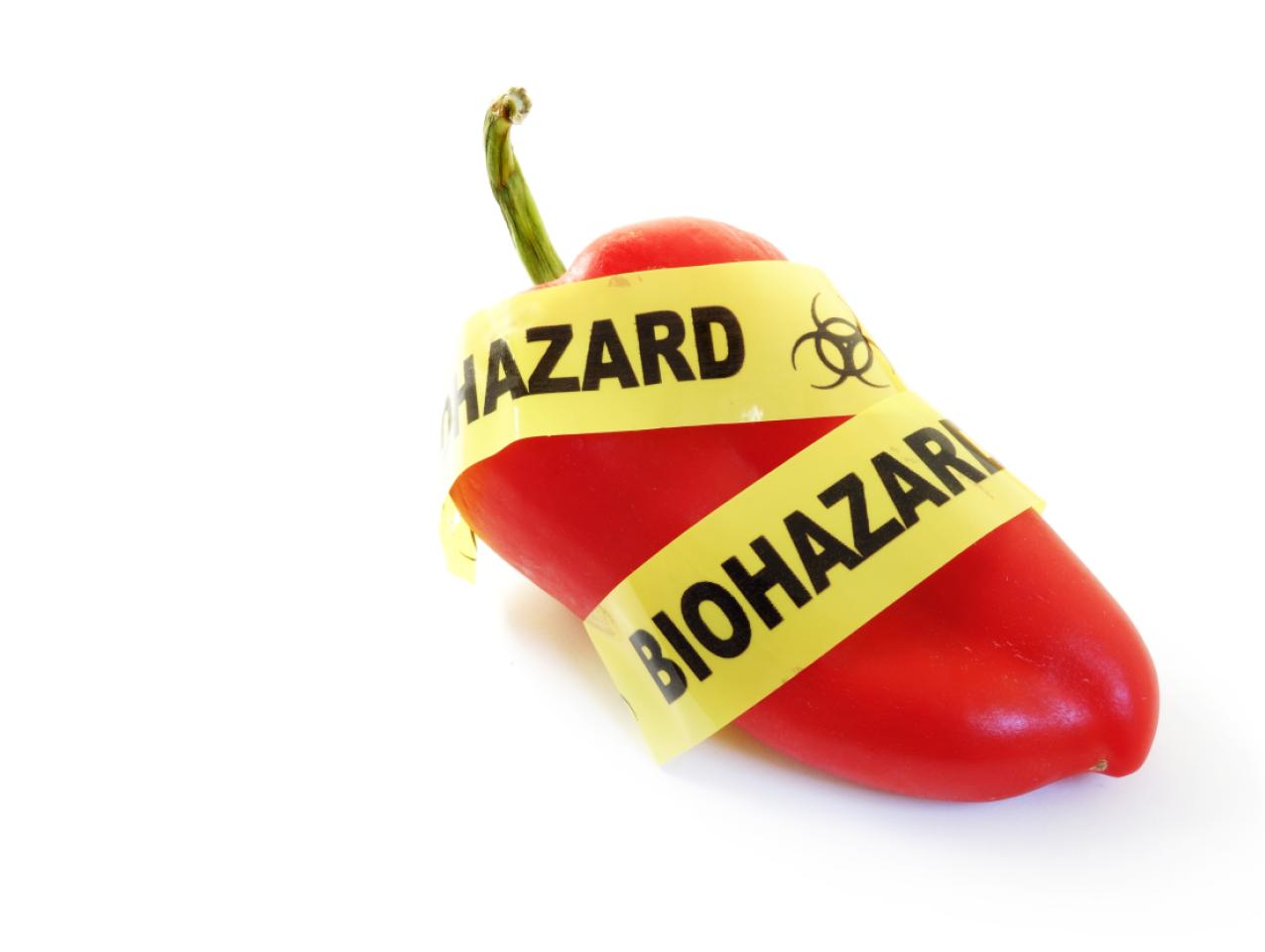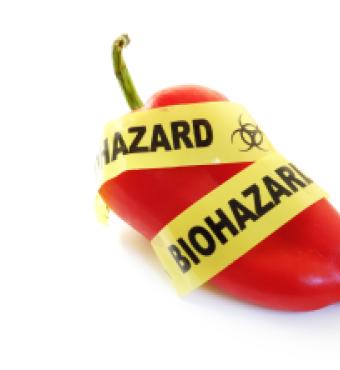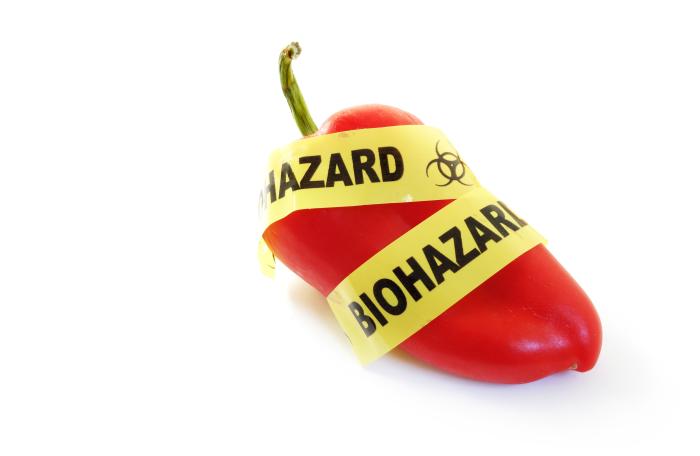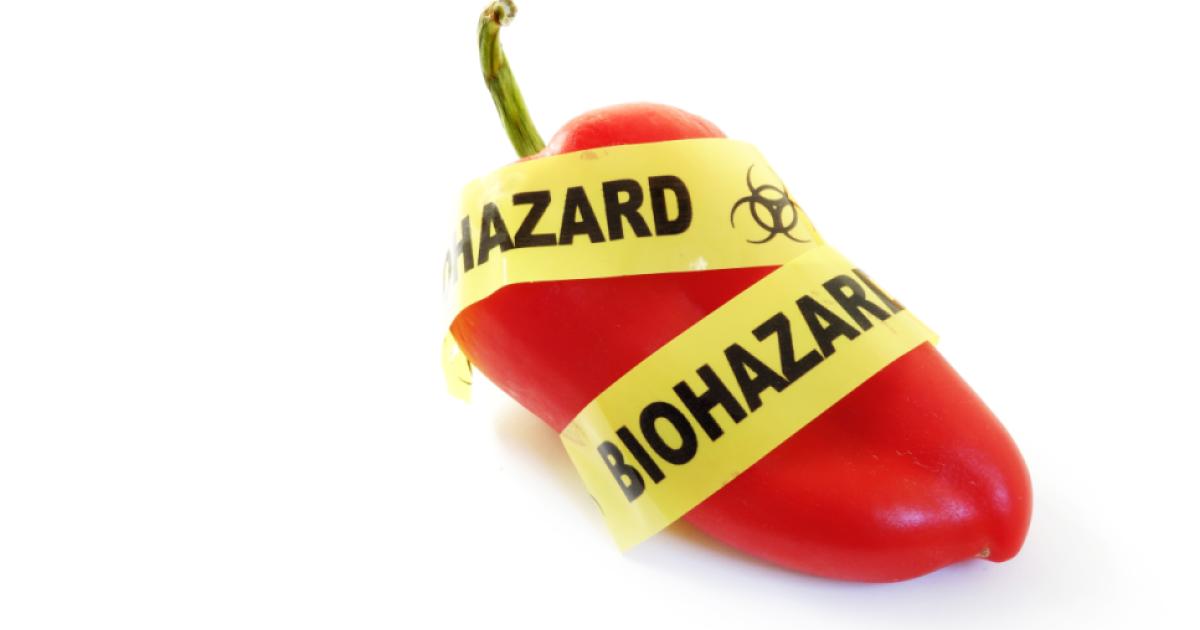- Energy & Environment
- Science & Technology
Pamela Bailey describes accurately the complications and costs of state-specific requirements for labeling to identify foods that contain ingredients from GMOs, or organisms crafted with molecular genetic techniques (“Anti-GMO Cleanup Needed on Aisle 4,” op-ed, May 7). But her description of the Pompeo-Butterfield bill, her preferred remedy, conveniently omits a critical detail.
The good part of the bill would, as Ms. Bailey says, establish “a uniform national standard for GMO labeling”—namely, the FDA’s current policy which is that the technique employed for genetic modification is irrelevant, and that only “material” information related to safety, nutrition or usage should be reflected in labels. But the bad part would create an entirely new regulatory obstacle, by requiring the FDA to conduct a safety review of “all new plant varieties used for genetically engineered food before those foods are introduced into commerce.”
Currently, the FDA operates a voluntary consultation program for genetically engineered foods whereby the developer provides the FDA various information about the product. Even that—which no food producer dares to flout—is gratuitous and excessive. The FDA has been very slow in performing those reviews. Virtually identical foods made with older, less precise and less predictable techniques are not routinely subject to any review, voluntary or otherwise.
Despite hundreds of risk-assessment experiments, there has been no reduction or rationalization of the regulatory burden placed on crops made by the newer techniques of genetic engineering, and the Pompeo-Butterfield bill would represent an escalation of regulation without any justification for it—except perhaps as a bargaining chip for the creation of explicit prohibitions against state and local regulation. That is not a sufficient justification.







